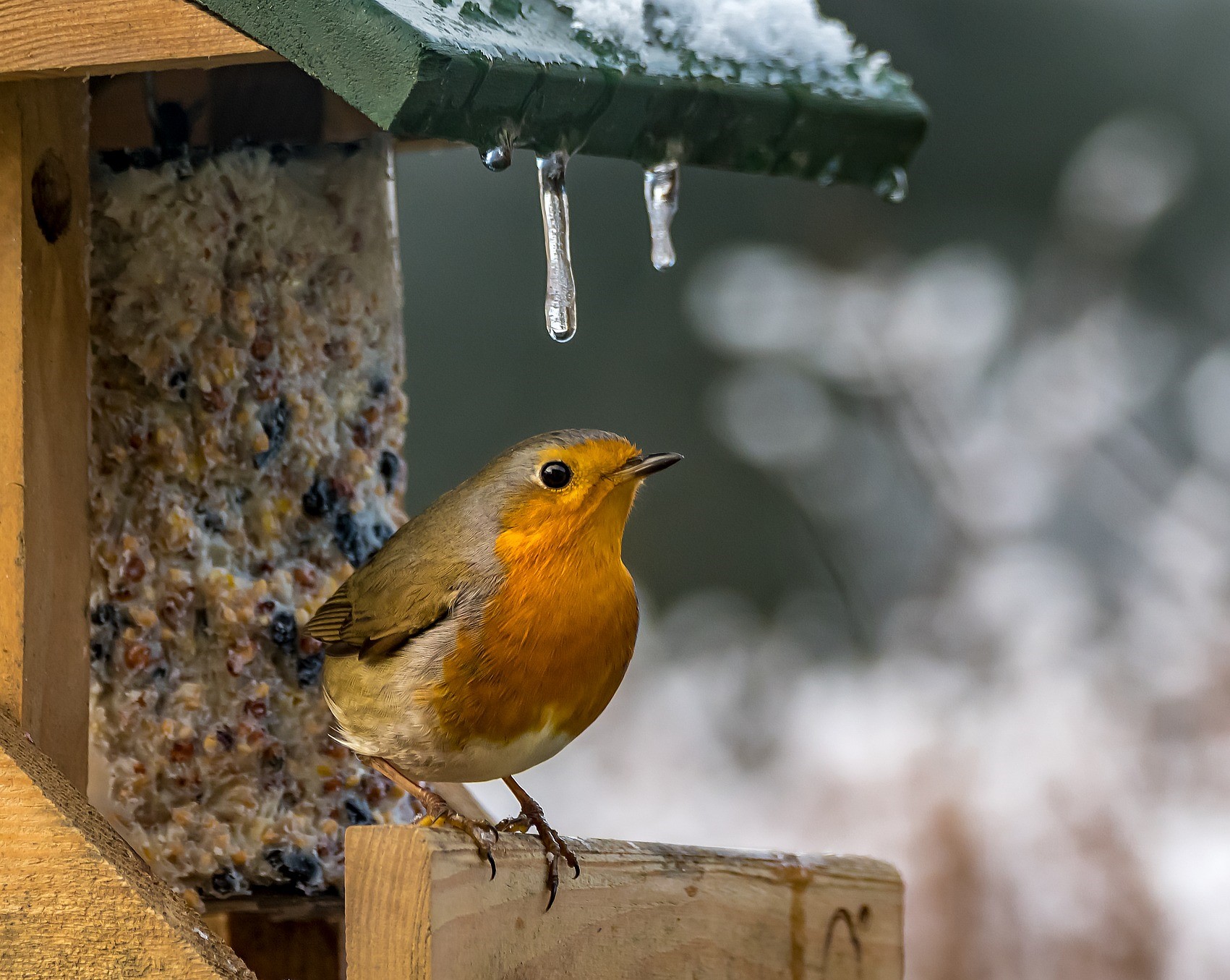
Spring is in the air.
The recent weather may have had us all shivering, but Spring is certainly in the air. The first day of Spring, St Brigid’s Day, Imbolc or February 1st, seems to most of us a little early and wintery to call Spring. However, those of you who have been out walking lately will have heard the lively birdsong and possibly seen the posturing of resplendent male birds in the hedgerows.
Chalk grassland has many species that depend on it solely for survival, but fortunately the birdlife which favours it may use other habitats too. As the breeding season heats up, the Downs will nevertheless be the site of much avian activity.
While some birds, such as robins, sing throughout the winter (indeed, both males and females sing to protect their territory), others recommence singing at this time of year, both to attract potential mates and to signal to other birds the boundaries of their ‘patch’.
Upon the North Kent Downs, it is the boundary hedgerows that birds such as these robins, blackbirds and tits use for their nests. The decline in such hedgerows has, therefore, had a detrimental effect on their breeding success. Garden nest boxes can be a big help in their absence.
As the annual National Nest Box Week, runs from February 14th to 21st, why not do your bit for nature and join in the fun. Many local events will help you build a nest box for your own garden, or if you prefer DIY try these instructions. Style, shape, size and orientation all make a difference, so do your homework to ensure success.
Green woodpeckers are bigger birds, also known to use convenient nest boxes. They feed on a range from suburban lawns to our prized chalk grassland. Not all birds need a hedge or nest box, however.
Ground-nesting species, like the skylarks and meadow pipits who are already singing, favour the open grassland meadows of our chalk downland. Listen out for their sound accompanying any walk by the meadows.

 Sweet flower! Of all that bloom by hill or glen Through smiling Kent, there’s none I love like thee For thour’st the truest type of true born men
Hardy unbought, untamable and free...”
Sweet flower! Of all that bloom by hill or glen Through smiling Kent, there’s none I love like thee For thour’st the truest type of true born men
Hardy unbought, untamable and free...”